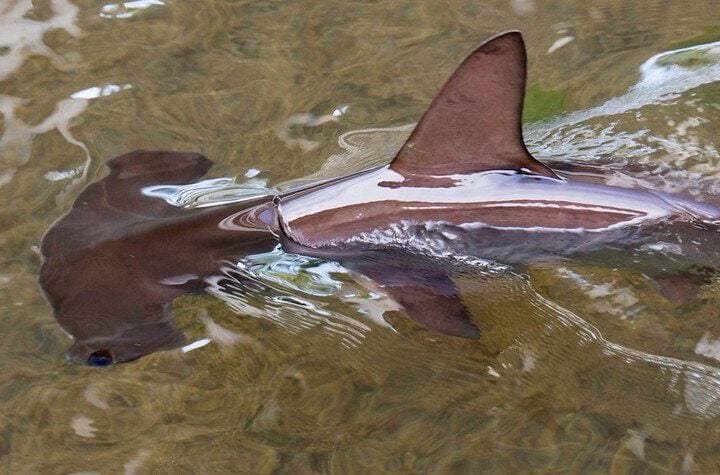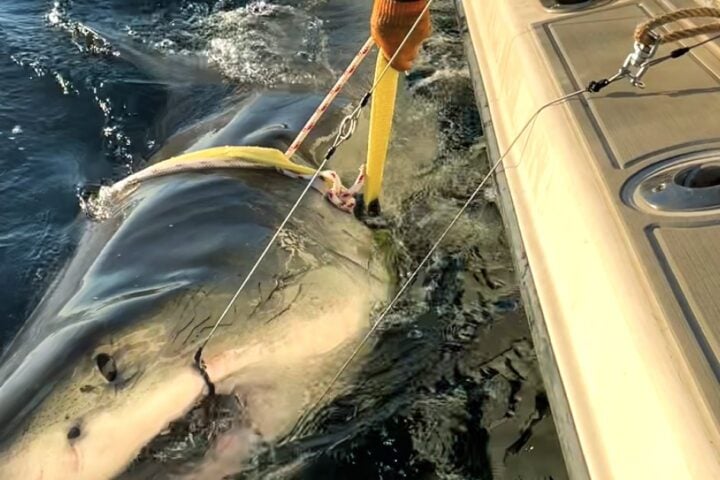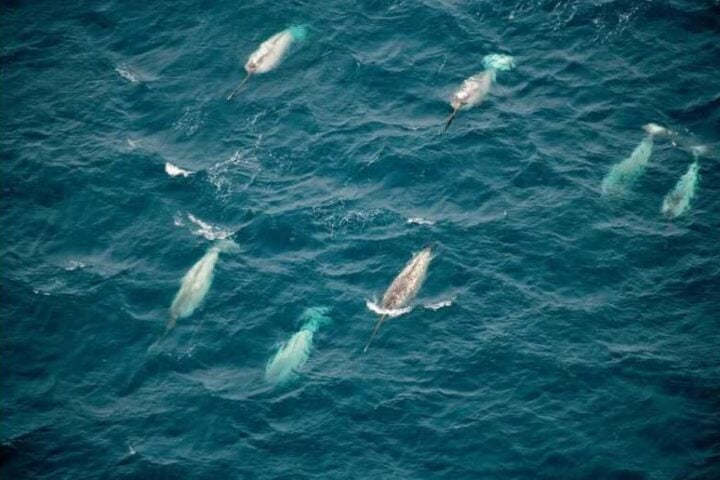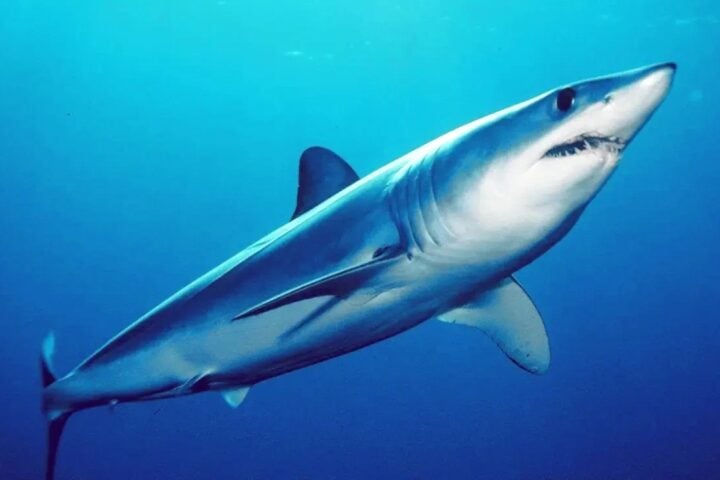In 2018, MIT’s CSAIL debuted “SoFi,” a robotic fish that’s a stroke of genius in biomimetic robots. Crafted from silicone rubber and sporting a fishtail, SoFi offers a groundbreaking approach to studying marine life up close, without causing a ripple. This clever fish-bot houses a camera, motor, and smartphone battery, all snug within its silicone body.
During its maiden voyage in Fiji’s Rainbow Reef, SoFi swam with the fishes, capturing stunning shots and videos of the underwater world. It’s no ordinary fish, though; SoFi takes its marching orders from a custom acoustic system, responding to speed and direction commands via specific sound frequencies.
What makes SoFi swim like a real fish? It’s all in the tail. Water fills two balloon-like chambers, making the tail sway side to side, just like living, breathing marine life. This unique feature sets SoFi apart from your average AUVs (Autonomous Underwater Vehicles), as it can adjust its buoyancy and swim in all directions.
Backed by the National Science Foundation, this project is a giant leap toward an underwater observatory, bringing us face to face with the mysteries of marine life. The brains behind SoFi, CSAIL’s Robert Katzschmann, Joseph DelPreto, and Daniela Rus, dream of the day SoFi can autonomously tail marine creatures, shedding light on their secret lives.
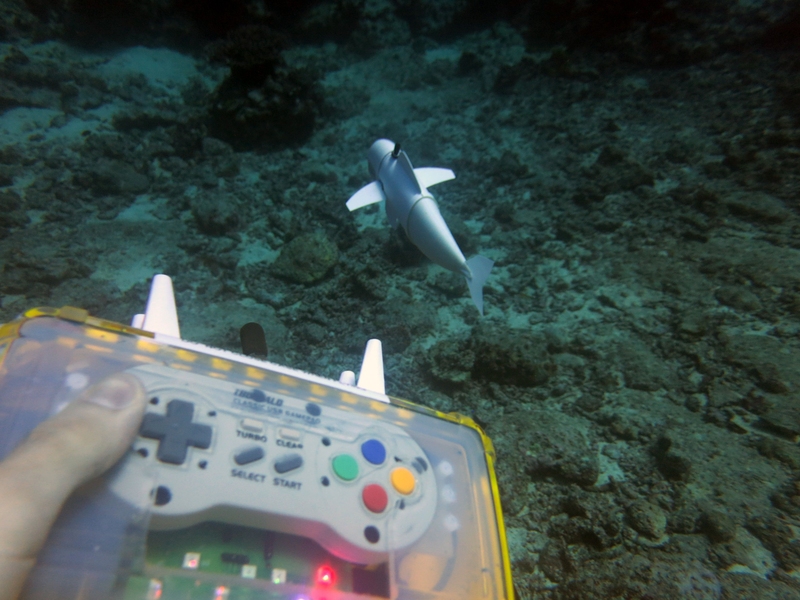
But it’s not just about the tech; it’s about safety, too. SoFi’s soft exterior is harmless to marine life and us humans, making it the perfect companion for our underwater friends. Its lifelike design and movements allow for a closer interaction with the aquatic environment, unlike traditional AUVs.
SoFi’s silent motor and non-disruptive nature make it the ideal candidate for ecological studies. It’s part of CSAIL’s wider research into soft robots, aiming to create machines that can adapt and endure in various environments. The team is already brainstorming improvements, like tweaking SoFi’s speed and tail design, to broaden its use in environmental monitoring and marine biology.
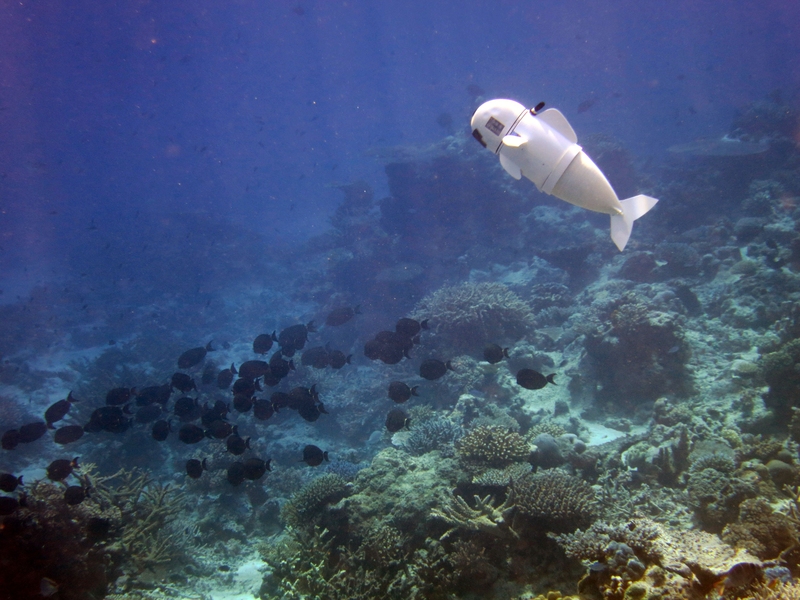
SoFi is quite the versatile swimmer, diving anywhere from 0 to 18 meters. Its tail sections fill with water in a controlled manner, creating that signature fishy motion and allowing different swimming speeds. The head, which houses all the electronics, is 3-D printed and filled with baby oil to keep water out, showcasing the team’s meticulous construction.
Controlling SoFi’s depth is no small feat, either. It’s managed by an adjustable weight compartment and a buoyancy control unit, a testament to the advanced engineering at play. SoFi’s inception paves the way for new marine exploration avenues, letting us observe underwater ecosystems up close and personal.
This project highlights the untapped potential of soft robotics in real-world scenarios, moving beyond the confines of traditional rigid robots. SoFi’s independence is key; its on-board power source, computation, and actuation set it apart from other robotic innovations.
Similar Posts
Its lifelike movements are thanks to a soft robotic actuator design, allowing for a natural integration into aquatic environments. SoFi’s journey reflects MIT‘s innovative spirit, pushing the boundaries of robotics and environmental preservation. Its acoustic communication module lets divers steer its path, marking a new era in human-robot interaction.
SoFi’s successful design and operation underscore the marriage of biology, engineering, and technology in tackling environmental puzzles. Its story hints at the untapped potential of biomimetic robots in research, conservation, and unraveling the complexities of marine ecosystems. SoFi is a trailblazer in robotics, merging top-tier tech with a deep respect for nature, redefining how we explore the ocean blue.
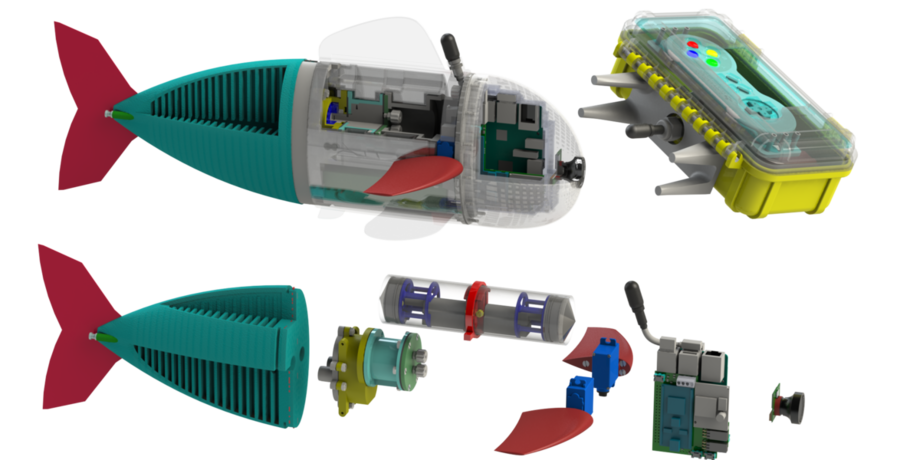
SoFi isn’t the only fish in the sea when it comes to robotic innovations. Several projects worldwide are diving into similar waters, harnessing technology to unravel the ocean’s mysteries. For instance, the RoboFish developed by researchers at the University of Washington is a bio-inspired robot capable of mimicking the movements and interactions of a real fish, providing unprecedented insights into aquatic life.
In Europe, the FILOSE project explored robotic fish that use lateral line sensors, mimicking the sensory system fish use to perceive their surroundings. These robots are designed to navigate and understand complex underwater currents, much like their biological counterparts.
The OceanOne project from Stanford University is another leap forward, a humanoid robot designed for deep-sea exploration, capable of reaching depths that are dangerous for human divers. It’s designed to be a “robotic avatar” that can interact with the environment and respond to human operators’ gestures, providing a tactile experience akin to being in the water.
These projects, along with SoFi, are making waves in marine research, offering new perspectives on conservation, climate change impacts, and the rich biodiversity hidden beneath the waves. They’re not just feats of engineering; they’re our eyes and ears in a world we’ve just begun to explore.
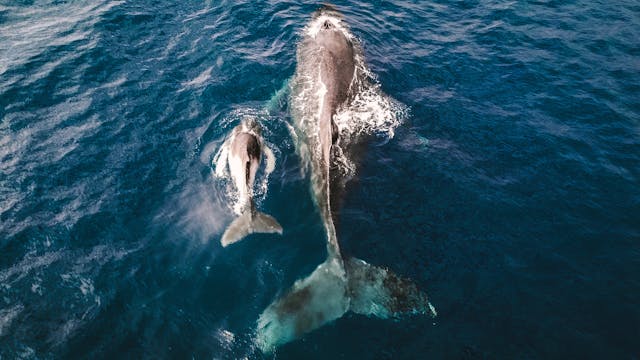
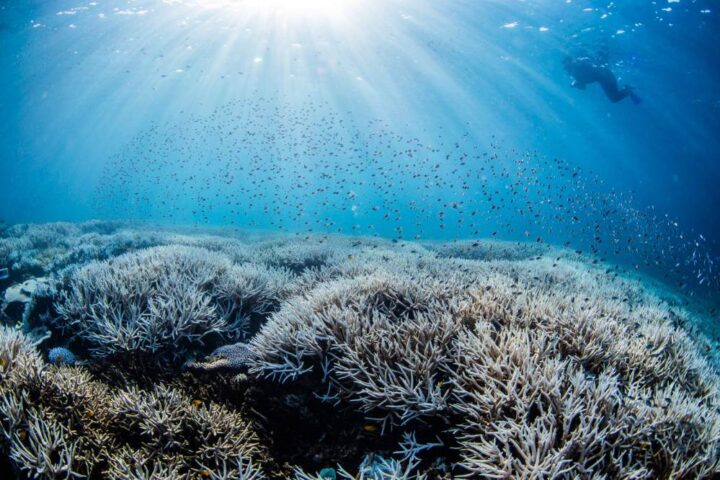
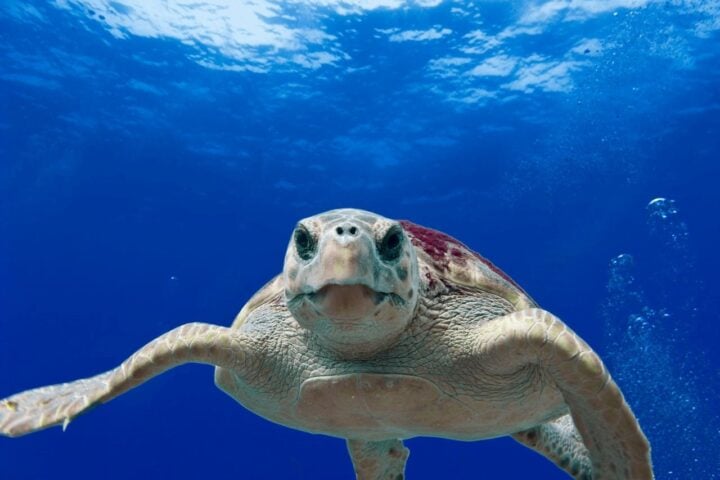
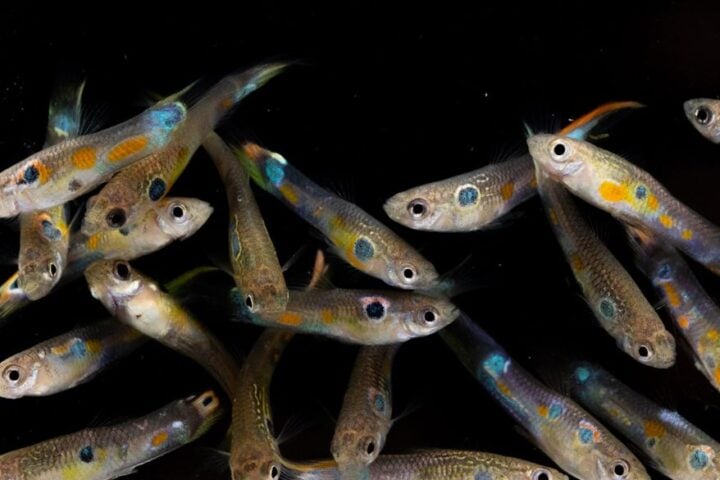



![A male [[Great white shark]] off [[Isla Guadalupe]], [[Mexico]]. Along with many [[Mackerel scad|Mackarel scads]] seen in the background. Photo Source- Terry Goss (CC BY-SA 3.0)](https://www.karmactive.com/wp-content/uploads/2025/06/White_shark-720x480.jpg)
